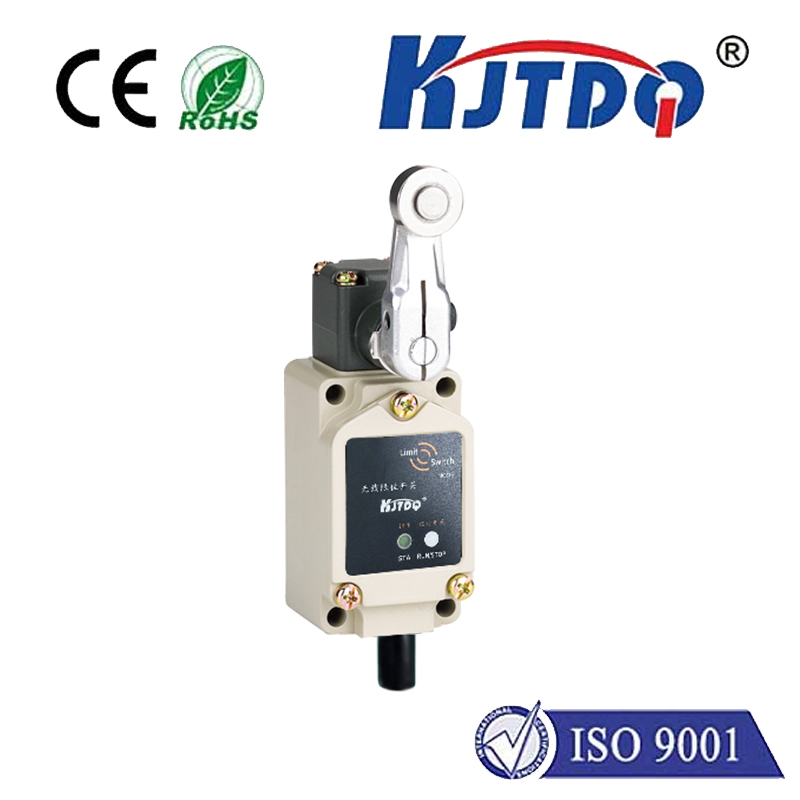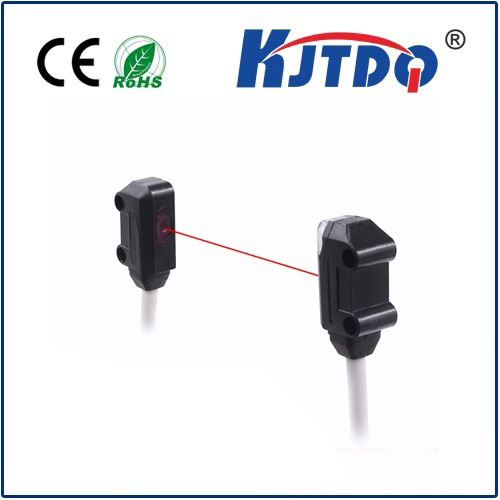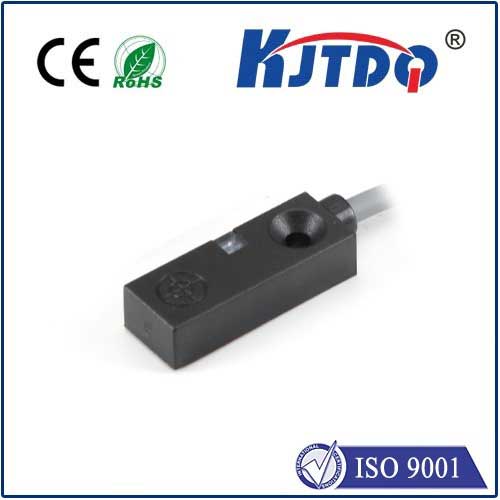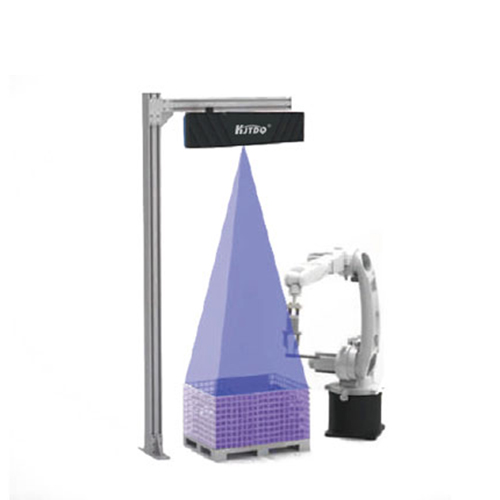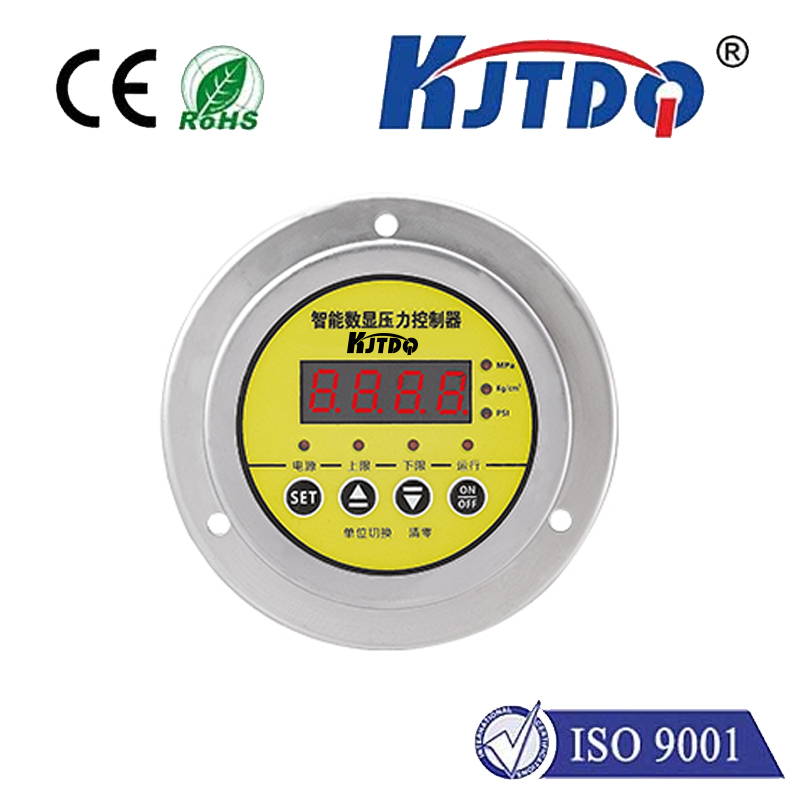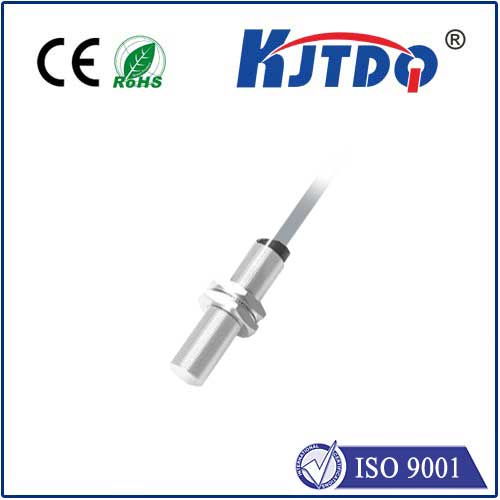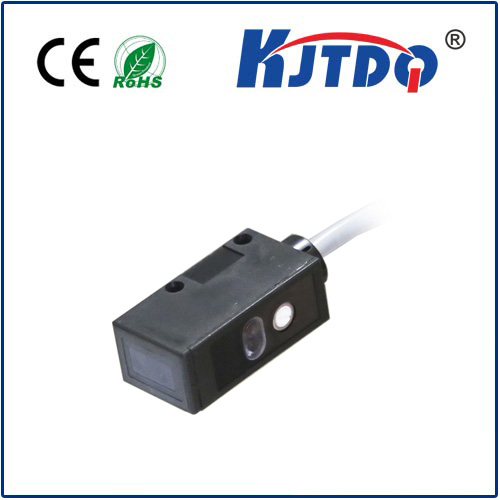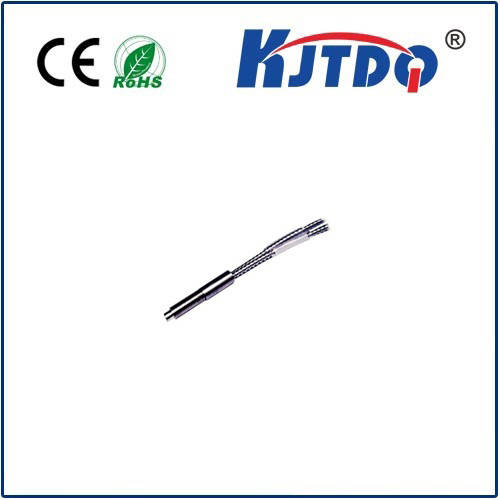

check

check

check

check

check

check

check

check

check

check
Title: Understanding the Role of Upper and Lower Limit Switch Cranes in Industrial Automation
In modern industrial automation systems, limit switches play a crucial role in ensuring safe and efficient operation of machines. Two types of limit switches that are commonly used in crane applications are upper and lower limit switches. These switches help to prevent the crane from moving beyond its operating range, thus protecting personnel and equipment from potential hazards.
Upper limit switch:

The upper limit switch is located on the top of the crane's travel mechanism. It is typically activated when the crane reaches the top of its travel range, indicating that the crane should stop moving. The upper limit switch helps to prevent the crane from falling beyond its load-carrying capacity or colliding with obstructions in its path. This type of switch is an essential safety feature that ensures the safe and reliable performance of cranes in various industries.
Lower limit switch:
The lower limit switch is placed at the bottom of the crane's travel mechanism. It is activated when the crane reaches the bottom of its travel range, signaling that the crane should stop moving. This switch helps to prevent the crane from dropping below its base or getting trapped in restricted spaces. In addition to preventing accidents, lower limit switches also allow users to set specific travel limits for the crane, ensuring that it operates within predefined boundaries.
Integration with other safety features:
Upper and lower limit switches are often integrated with other safety features in cranes, such as collision avoidance systems, encoders, and power control modules. These integrations enhance the overall functionality and effectiveness of the system, providing additional layers of protection against potential hazards. For example, collision avoidance systems use sensors to detect obstacles in the crane's path and alert operators to avoid collisions before they occur. Power control modules regulate the speed and torque of thecrane's motors, helping to maintain stability and control during operation.
Conclusion:
Upper and lower limit switches are critical components of industrial automation systems, specifically in crane applications. These switches help to ensure the safe and reliable operation of cranes by preventing them from traveling beyond their operating range. They are often integrated with other safety features to provide an additional layer of protection against potential hazards. As technology continues to evolve, it is likely that these switches will become even more advanced and sophisticated, further enhancing their safety and reliability capabilities in industrial settings.

